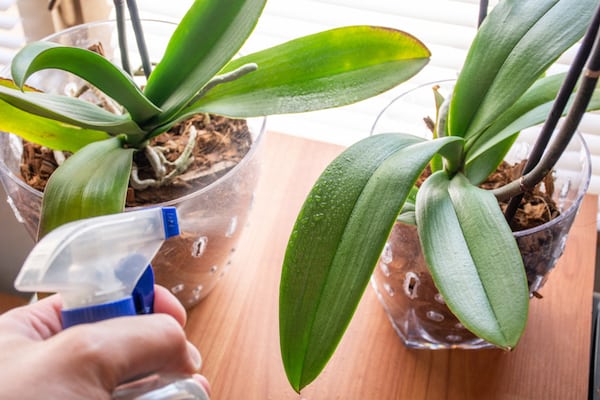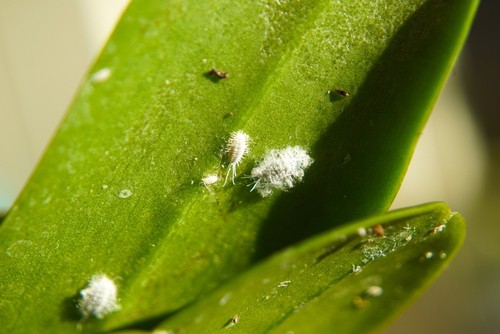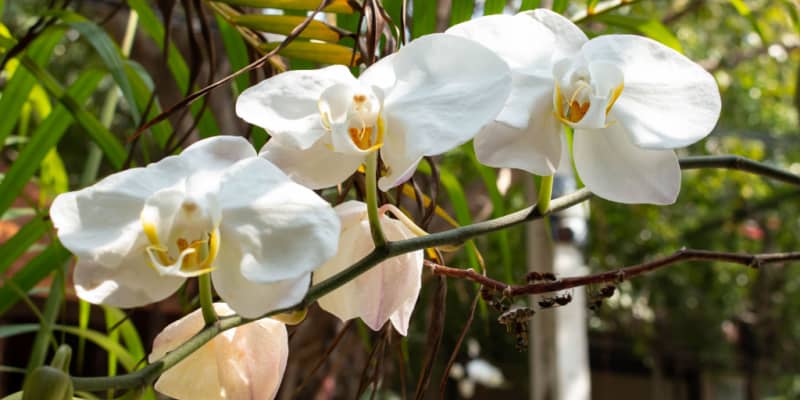
Why is my orchid dropping blooms?
Our site is reader supported, this means we may earn a small commission from Amazon and other affiliates when you buy through links on our site.
The reason that your orchid is dropping blooms ranges from the natural growth cycle through a change in temperature to orchid pests. I cover these and many more reasons in this article.
Natural life cycle
If you’ve just purchased your orchid, the blooms may be dropping because of the plant’s natural life cycle. It may have been forced to bloom to be sold and the flower is dying and falling off. Not all orchids flower for a long time.
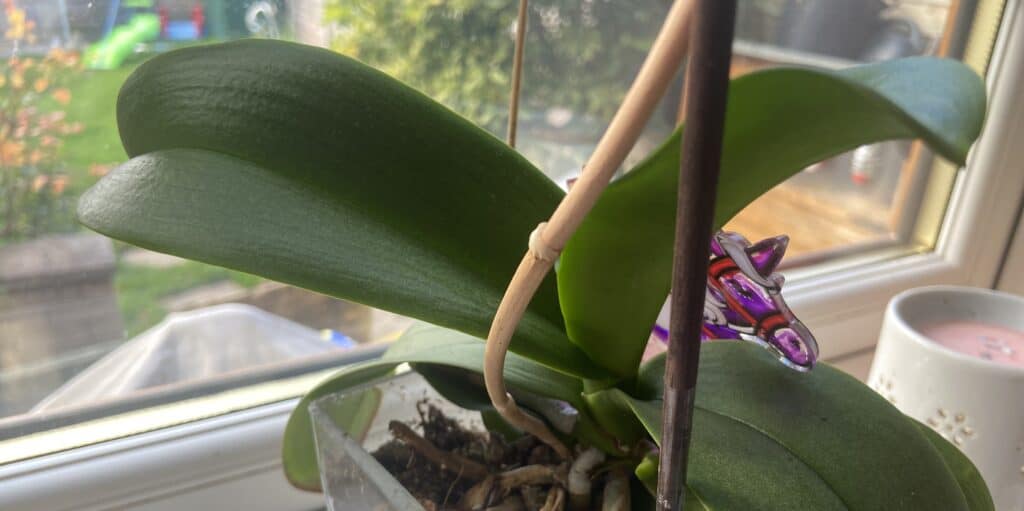
If you’re interested in growing more blooms on your orchid plant, wait a while to see if they naturally reappear. Or read my article What to do with orchids after blooming? to see how to rebloom your orchid plant.
Sudden change in temperature
Orchids are tropical plants and need a specific range of temperatures in which to grow. Night time temperature should be around 16°C – 18°C and temperatures for daytime in the range 18°C – 29°.
Even if you keep your orchid plants within these ranges, sudden changes in temperature cause them harm and may result in the flowers dropping off. Any breezes or winds also affect the health of the plant.
Temperatures outside these ranges – too hot and/or too cold cause the blooms to fall off as well.
Humidity is too low
Orchids love high humidity (they originally come from the rainforest after all). Orchid experts state that 40% humidity or more constitutes a suitably moist growing environment. If the humidity is too low, the buds and flowers dry out and fall off.
Keep your orchid plant misted but don’t let excess water sit on the leaves and create a good environment for diseases. Or sit the pot on a tray of pebbles with water in it. Make sure the water doesn’t reach the bottom of the pot though.
Over-watering
Over-watering your plant means that its roots sit in the excess water pooled within the moss and other organic elements in the potting mix. The roots become saturated and are no longer able to process oxygen to send the water throughout the plant. The plant doesn’t receive enough water and withers. Leaves and flowers drop off to conserve what resources there are.
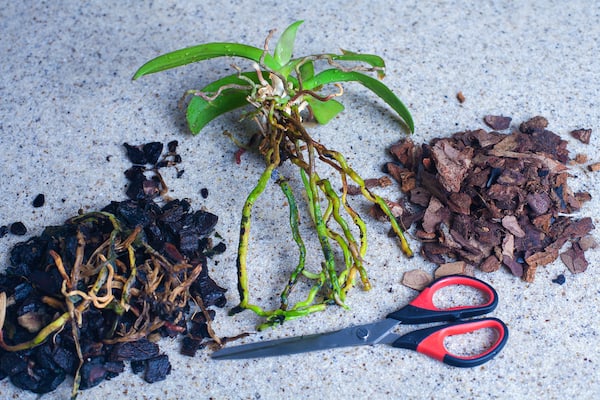
The article When and how to water my orchid? From an experienced orchid grower gives information about how to establish the best watering regime for your orchid.
Under-watering
Under-watering is as harmful to your orchid as overwatering. It creates drought stress which dries out the orchid. With not enough water to go around, the roots die off, and the plant drops its flowers.
Transplant shock
Repotting your orchid into a new growing medium, while good for its health, causes it shock. The change in environment affects the root’s ability to draw nutrients and moisture from the new potting medium until the plant settles down again. As a result, the flowers may drop off due to a lack of these necessary resources.
This is amplified if you use the repotting time to propagate your orchid through the division method.
Just make sure that you carefully care for your orchid after you repot it. See How to grow and care for orchids.
Pests and bud blast
I include bud blast here, although it’s when the buds drop before they’ve had a chance to develop into blooms. Buds may dry up and drop from an otherwise healthy plant. As buds are the most vulnerable part of the plant, they’re susceptible to all of the problems discussed above.
But in addition, pests can also be the cause of bud blast. In particular, aphids and thrips feed on flowers and flower buds, sucking the sap from them. The buds from affected plants don’t develop properly and fall off the plant. Or they do develop but into disfigured flowers.
For more information about orchid pests and what to do about them, check out Orchid pests and diseases – How to identify, treat and prevent
